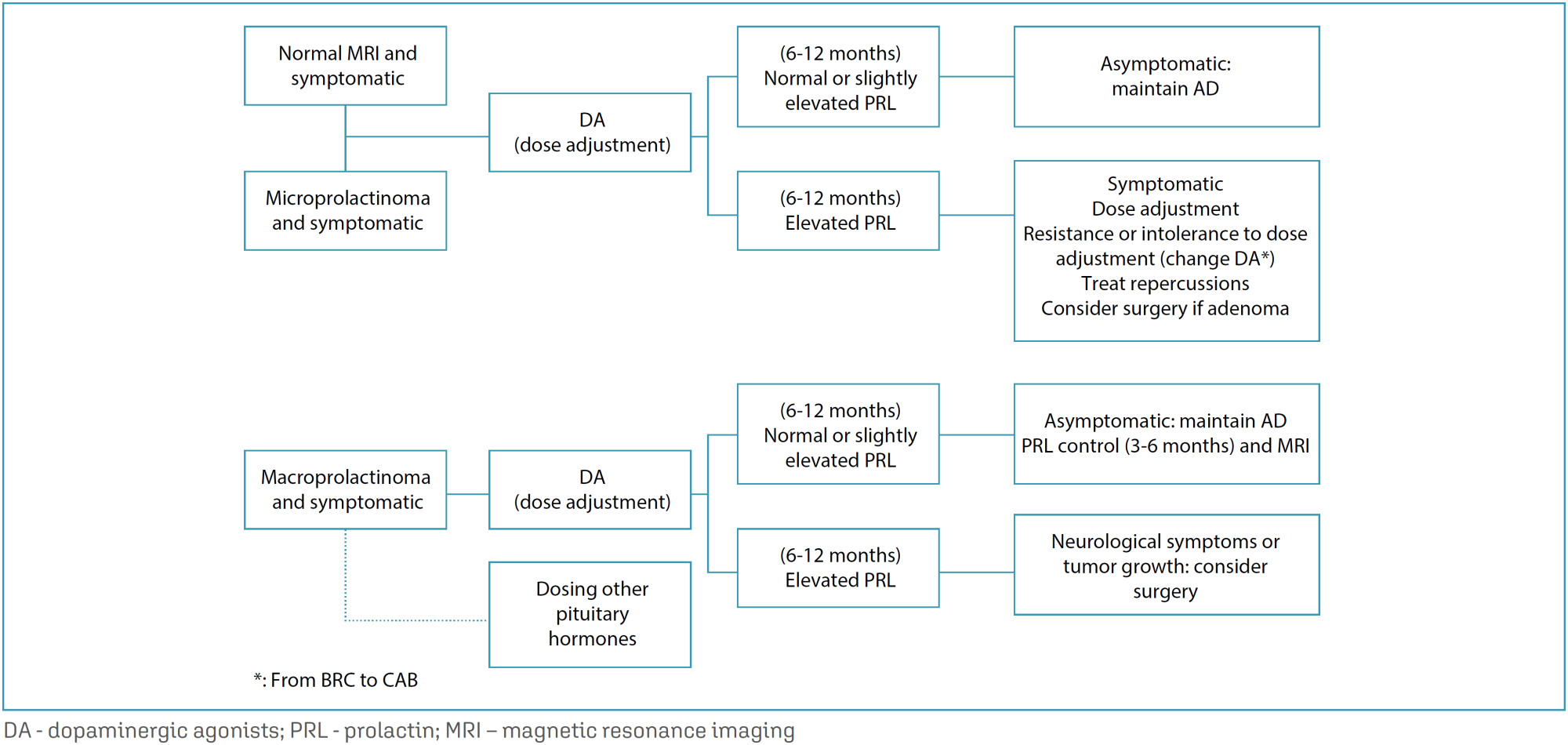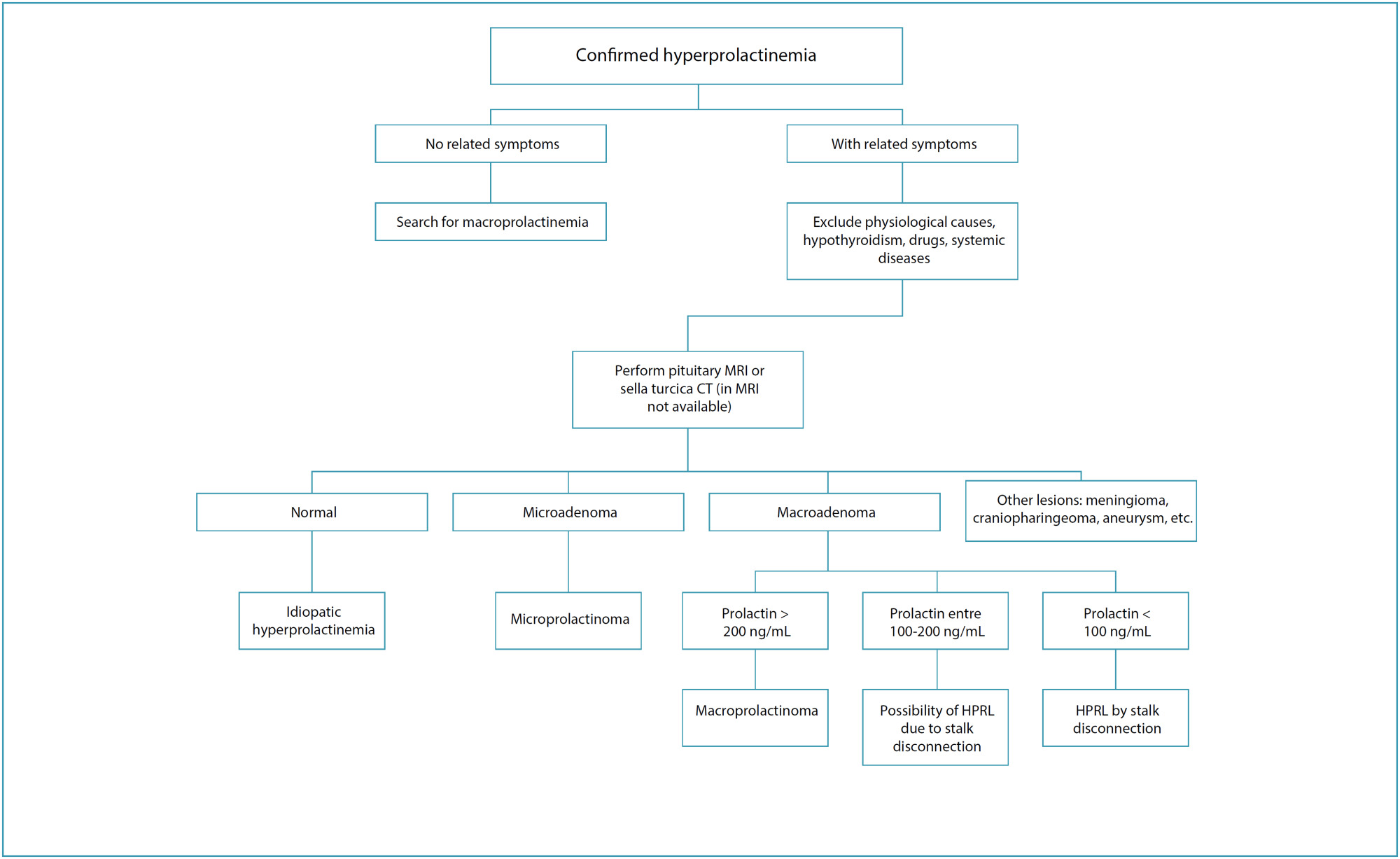-
Original Article04-30-2025
Effects of domestic violence on menopausal symptoms, sexual function, and quality of life: a cross-sectional study
Revista Brasileira de Ginecologia e Obstetrícia. 2025;47:e-rbgo16
Abstract
Original ArticleEffects of domestic violence on menopausal symptoms, sexual function, and quality of life: a cross-sectional study
Revista Brasileira de Ginecologia e Obstetrícia. 2025;47:e-rbgo16
Views67Abstract
Objective:
To investigate the association between lifetime experience of domestic violence and climacteric symptoms, sexual function, and quality of life in climacteric women in Rio Grande do Sul, Brazil.
Methods:
A cross-sectional study was conducted with 700 pre-, peri-, and postmenopausal women, recruited online via an anonymous questionnaire (REDCap platform). Women aged 40 to 65 years, residing in Rio Grande do Sul, and classified by the STRAW+10 criteria were included. Climacteric symptoms and sexual function were assessed using the 10-item Cervantes Scale (CS-10) and the 6-item Female Sexual Function Index (FSFI-6). Data were analyzed using SPSS version 18.0; quantitative data as median [IQR], qualitative as frequencies. Group comparisons used Kruskal-Wallis, Chi-Square, and Spearman’s correlation between violence against women (VAW) and/or climacteric groups on CS-10 or FSFI-6. Significance was set at 5%.
Results:
The median [IQR] age of pre- (46 [43 – 50] years), peri- (50 [47 – 52] years), and postmenopausal (55 [51 – 58] years) were different among groups. Prevalence rates of psychological (38.8%), sexual (34.9%), and physical (21.3%) violence were observed. Postmenopausal women showed the poorest outcomes. Premenopausal women experiencing violence had severe anxiety, while postmenopausal women reported feeling worthless. Various sexual dysfunctions were associated with violence, including low desire, lubrication issues, and sexual pain.
Conclusions:
Domestic violence was linked to worse climacteric symptoms, sexual function, and quality of life, particularly in postmenopausal women. These findings underscore the need for improved care and public policies to enhance safety and well-being among women of all ages.
Key-words AnxietyClimactericDomestic violenceMenopausePostmenopauseQuality of lifeSexualitysurveys and questionnairesViolence against womenSee more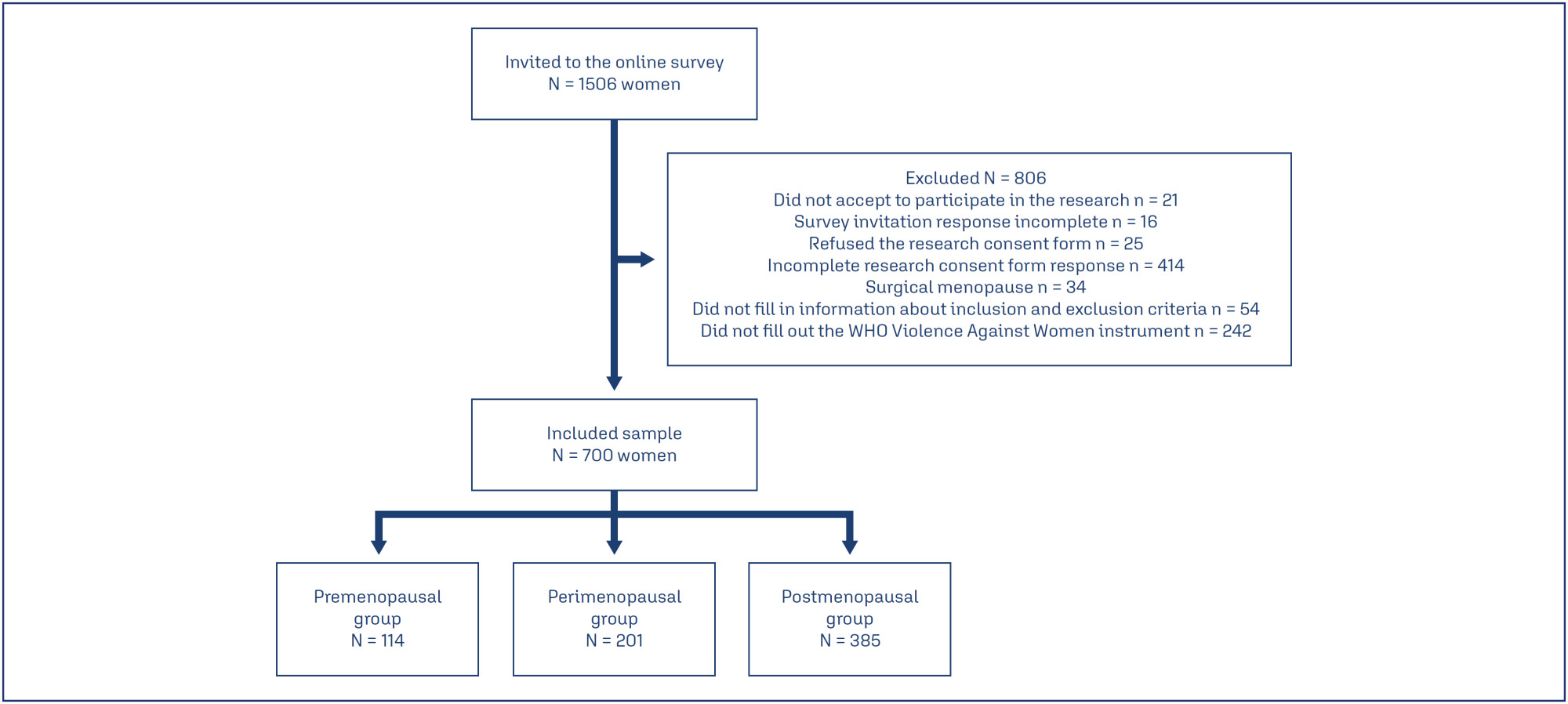
-
Original Article04-30-2025
The ımpact of demographic and obstetric factors on perception of traumatic birth and breastfeeding attitudes
Revista Brasileira de Ginecologia e Obstetrícia. 2025;47:e-rbgo15
Abstract
Original ArticleThe ımpact of demographic and obstetric factors on perception of traumatic birth and breastfeeding attitudes
Revista Brasileira de Ginecologia e Obstetrícia. 2025;47:e-rbgo15
Views41Abstract
Objective:
This study aims to examine the effects of sociodemographic and obstetric factors on traumatic birth perception and breastfeeding attitudes in primiparous mothers who have had a vaginal birth in the early postpartum period.
Methods:
The sample of the research, developed with a cross-sectional and correlational design, consisted of 252 women residing in a province in the Western Black Sea region of Türkiye. The data were obtained by employing a Personal Information Form, Traumatic Childbirth Perception Scale, and Breastfeeding Attitudes of The Evaluation Scale. Data analysis was conducted using the statistical programming language R (R version 4.3.3).
Results:
Women who were not employed, had a planned pregnancy, and did not experience health problems during pregnancy had higher mean breastfeeding attitude scores, and this difference was statistically significant. It was determined that a one-unit increase in gestational week led to an average increase of 1.926 units in breastfeeding attitude score, and a one-unit increase in Traumatic Childbirth Perception Scale score led to an average decrease of 0.110 units in breastfeeding attitude score. The mean traumatic childbirth perception scores of women living in urban areas were found to be lower than those living in villages or towns, and the difference was statistically significant.
Conclusion:
The research findings indicate that gestational age, perception of traumatic childbirth, and certain sociodemographic factors significantly affect breastfeeding attitudes. Additionally, mothers living in urban areas have a lower perception of traumatic childbirth. Therefore, individualized approaches to childbirth and breastfeeding support are crucial.
Key-words Breast feedingDelivery, obstetricParturitionperceptionPostpartum periodSociodemographic factorsStress disorders, post-traumaticSee more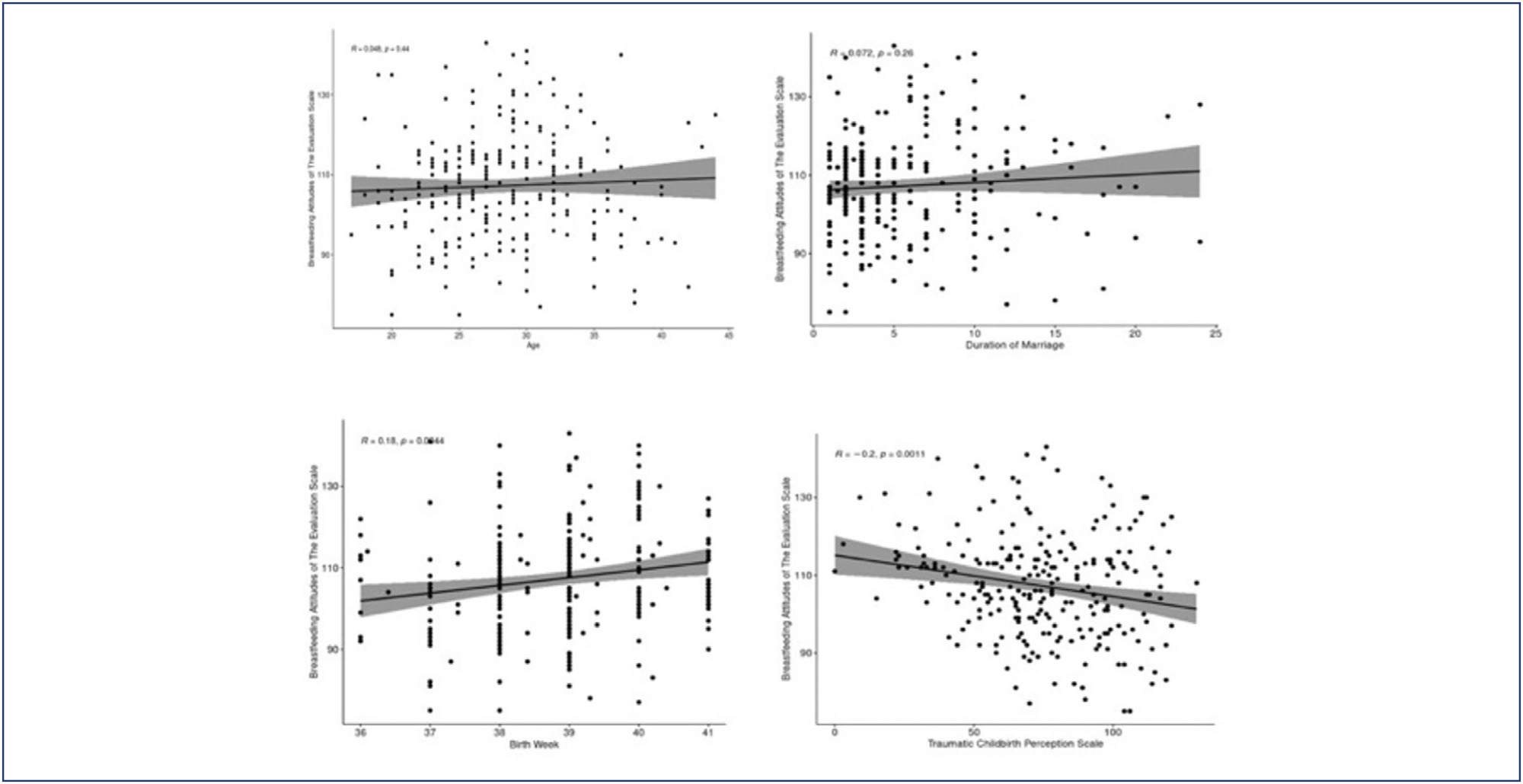
-
Original Article04-30-2025
Clinical and epidemiological profile of pregnant and postpartum women affected by COVID-19 who required respiratory support
Revista Brasileira de Ginecologia e Obstetrícia. 2025;47:e-rbgo14
Abstract
Original ArticleClinical and epidemiological profile of pregnant and postpartum women affected by COVID-19 who required respiratory support
Revista Brasileira de Ginecologia e Obstetrícia. 2025;47:e-rbgo14
Views40Abstract
Objective:
This study described the clinical and epidemiological profile and the management provided to pregnant and postpartum women with COVID-19 who required respiratory support.
Methods:
A descriptive study was conducted with pregnant and postpartum women with confirmed COVID-19 who received care between April 2020 and December 2021 in eight referral centers in northeastern Brazil. Statistical analysis was conducted using Epi-Info 7.2.5 and Medcalc, version 20.112.
Results:
Of the 720 patients admitted, 208 (32.7%) required respiratory support. Mean age of the participants was 28.9±7.1 years. Most (52.8%) were brown-skinned; 31.3% had little formal schooling; 41.1% had a personal income and 23.1% were married. Around half were referred from another hospital. Overall, 36.8% were obese and 36.9% were hypertensive. Criteria for severe acute respiratory syndrome (SARS) were present in 80.7% of cases. Overall, 151 patients (74.7%) required corticoids, and 150 (76.1%) were admitted to an intensive care unit. Non-invasive ventilation was needed in 89.4% of cases, with nasal catheters being the most common type (55.3% of cases). Invasive mechanical ventilation was necessary in 35.5% of cases and 91.6% had a cesarean section. Maternal near miss and death occurred in 24% and 12.9% of cases, respectively.
Conclusion:
Pregnant and postpartum women with COVID-19 who required respiratory support were predominantly brown-skinned, in the third trimester of pregnancy and had been referred from another hospital. The cesarean section rate was high; the presence of criteria for SARS was common and the rates of COVID-19-related maternal near miss and death were high.
Clinical Trials registry:
NCT04462367
Key-words Cesarian sectionCOVID-19Intensive care unitsNear miss, healthcareNoninvasive ventilationObesityPostpartum periodPregnancyPregnancy trimester, thirdRespiration, artificialSARS-CoV-2severe acute respiratory syndromeSee more
-
Original Article04-30-2025
Evaluation of pathological complete response rates in breast cancer patients undergoing neoadjuvant therapy
Revista Brasileira de Ginecologia e Obstetrícia. 2025;47:e-rbgo13
Abstract
Original ArticleEvaluation of pathological complete response rates in breast cancer patients undergoing neoadjuvant therapy
Revista Brasileira de Ginecologia e Obstetrícia. 2025;47:e-rbgo13
Views52See moreAbstract
Objective:
This study aims to assess the rate of pathological complete response (pCR) in breast cancer patients undergoing neoadjuvant therapy and to explore its correlation with clinical, molecular, and prognostic factors.
Methods:
We conducted this retrospective observational study at Liga Contra o Câncer, a major public oncology reference center in Northeast Brazil. We included patients diagnosed with breast cancer who initiated neoadjuvant therapy between June 2018 and June 2019. Patients with a history of recurrent breast cancer or those who did not undergo surgery were excluded. The primary outcome was the pCR rate, with secondary outcomes including Overall Survival (OS), Disease-Free Survival (DFS), mortality, and disease recurrence. Follow-up extended until August 2022. We performed multivariate Cox regression analysis to correlate outcomes with predetermined variables.
Results:
Of the 292 included patients, 63 (21.6%) achieved pCR. The mean follow-up duration was 42.8 months. Multivariate logistic regression analysis revealed an association between pCR and the AC-TH regimen [OR = 2.4; 95%CI = 1.13 – 5.24; p=0.023], as well as between pCR and HER2-positive tumors [OR 2.49; 95% CI = 1.14 – 5.86; p=0.028]. Complete pathological response was associated with higher DFS [HR 0.33; 95%CI 0.13-0.86; p=0.024].
Conclusion:
Neoadjuvant therapy demonstrated significant efficacy in achieving pathological response in breast cancer patients. We observed a strong association between the AC-TH regimen, HER2-positive status, and pCR.
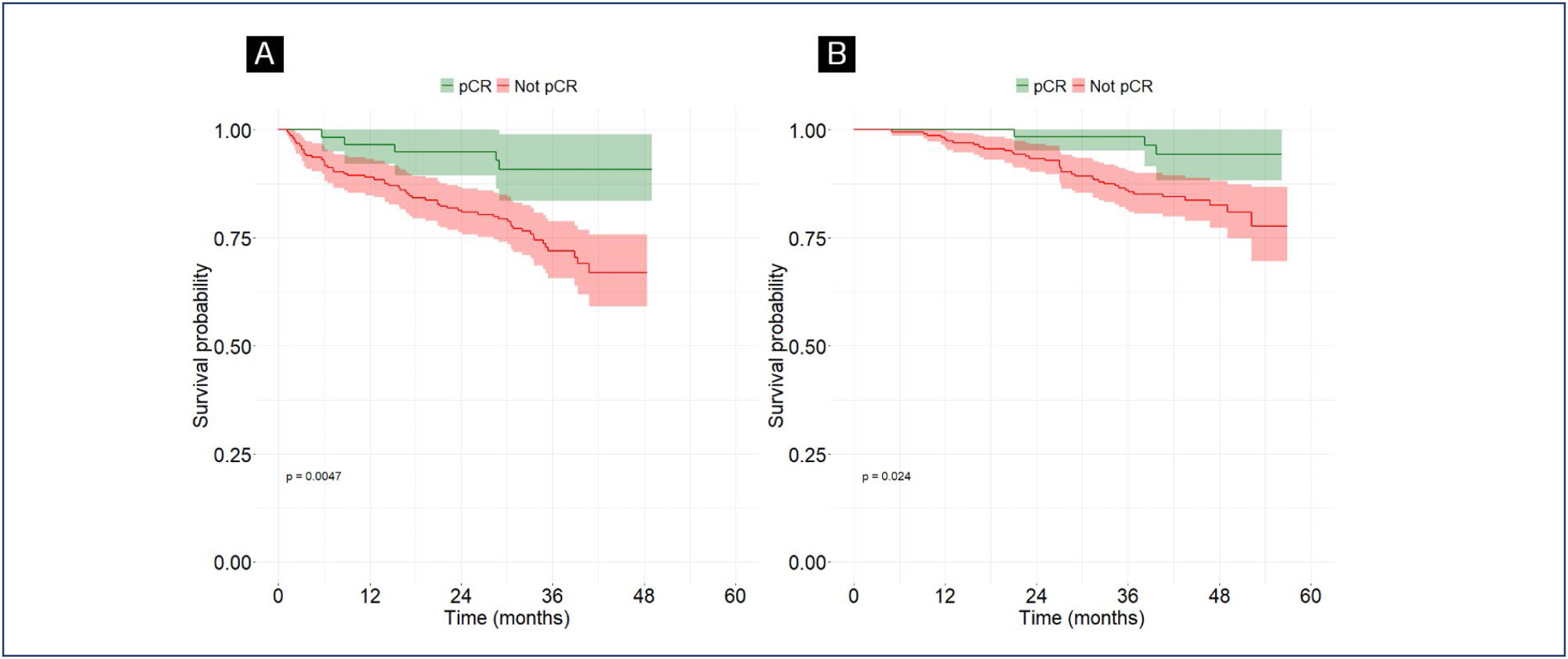
-
Original Article04-30-2025
Depression, anxiety, sexual function and quality of life in women with hyperprolactinemia
Revista Brasileira de Ginecologia e Obstetrícia. 2025;47:e-rbgo7
Abstract
Original ArticleDepression, anxiety, sexual function and quality of life in women with hyperprolactinemia
Revista Brasileira de Ginecologia e Obstetrícia. 2025;47:e-rbgo7
Views46Abstract
Objective:
To evaluate anxiety, depression, sexual function and quality of life in women with hyperprolactinemia.
Methods:
Cross-sectional study with 80 women divided into two groups: 30 women with hyperprolactinemia (Study Group) followed and treated at the endocrine gynecology outpatient clinic and 50 women without hyperprolactinemia, with regular menstrual cycles (Control Group) followed at the family planning outpatient clinic of the State University of Campinas from June 2021 to October 2022. Sociodemographic characteristics, quality of life (SF-36 Questionnaire), sexual function (Female Sexual Function Index Questionnaire), depression (Beck Depression Inventory) and anxiety (Beck Anxiety Scale) were evaluated in both groups. Categorical variables were described as absolute frequency and percentage; numerical variables as mean and standard deviation. Comparison of numerical variables between two groups was performed by Mann-Whitney test, while categorical were compared by Chi-Square or Fisher’s exact tests.
Results:
The mean age of women with hyperprolactinemia was 39.6±8.1 years and the Control Group was 31.2±9.5 years (p<0.001). There was no difference in anxiety scores (p=0.66), depression (p=0.08) and general sexual function (p=0.08) in both groups. However, women with hyperprolactinemia had lower scores in the domains of pain and arousal and worse functional capacity than Control Group (p<0.05).
Conclusion:
Women with hyperprolactinemia under treatment do not show any impairment in their anxiety, depression and sexual function when compared to women without hyperprolactinemia. However, analysis of quality of life showed that women with hyperprolactinemia have poor functional capacity.
Key-words AnxietyDepressionHyperpituitarismHyperprolactinemiaQuality of lifesexual functionsurveys and questionnairesSee more -
FEBRASGO POSITION STATEMENT03-28-2025
Follow-up of women after gynecological cancer treatment
Revista Brasileira de Ginecologia e Obstetrícia. 2025;47:e-FPS3
Abstract
FEBRASGO POSITION STATEMENTFollow-up of women after gynecological cancer treatment
Revista Brasileira de Ginecologia e Obstetrícia. 2025;47:e-FPS3
Views173See moreKey points
•The population of female cancer survivors has increased over the last few years, highlighting the importance of appropriate follow-up of these patients.
•The main objective of long-term follow-up for patients treated for cancer is the early detection of recurrences, whether local, lymph node or distant metastases.
•Symptom assessment and physical examination play an important role in the follow-up of patients treated for gynecological neoplasms.
•The use of laboratory or imaging tests to detect recurrence in asymptomatic patients should be based on evidence that it improves survival or provides less morbid treatments, also considering cost and availability.
-
Letter to the Editor03-18-2025
Comment on: Access and adequacy of antenatal care in during two phases of the COVID-19 pandemic
Revista Brasileira de Ginecologia e Obstetrícia. 2025;47:e-rbgo12
Abstract
Letter to the EditorComment on: Access and adequacy of antenatal care in during two phases of the COVID-19 pandemic
Revista Brasileira de Ginecologia e Obstetrícia. 2025;47:e-rbgo12
Views173The publication on “Access and adequacy of antenatal care in a city in Brazil during two phases of the COVID-19 pandemic.”() Is an interesting issue. This study investigated antenatal care consumption and appropriateness among postpartum caregivers at Florianópolis Hospital from 2020 to 2022, with an emphasis on socio-demographic characteristics and antenatal care. Although this study […]See more -
Letter to the Editor03-18-2025
Use of calcium during pregnancy: far beyond pre-eclampsia
Revista Brasileira de Ginecologia e Obstetrícia. 2025;47:e-rbgo11
Abstract
Letter to the EditorUse of calcium during pregnancy: far beyond pre-eclampsia
Revista Brasileira de Ginecologia e Obstetrícia. 2025;47:e-rbgo11
Views186Dear Editor,We read with interest the Editorial of the Revista Brasileira de Ginecologia e Obstetrícia (RBGO) in which Braga et al. present the initiative of the state of Rio de Janeiro (Brazil) for prediction and secondary prevention of pre-eclampsia.() The authors highlight universal calcium supplementation during pregnancy as a significant innovation, implemented for the first […]See more
Search
Search in:
Tag Cloud
Pregnancy (252)Breast neoplasms (104)Pregnancy complications (104)Risk factors (103)Menopause (88)Ultrasonography (83)Cesarean section (78)Prenatal care (71)Endometriosis (70)Obesity (61)Infertility (57)Quality of life (55)prenatal diagnosis (51)Women's health (48)Postpartum period (46)Maternal mortality (45)Pregnant women (45)Breast (44)Prevalence (43)Uterine cervical neoplasms (43)



